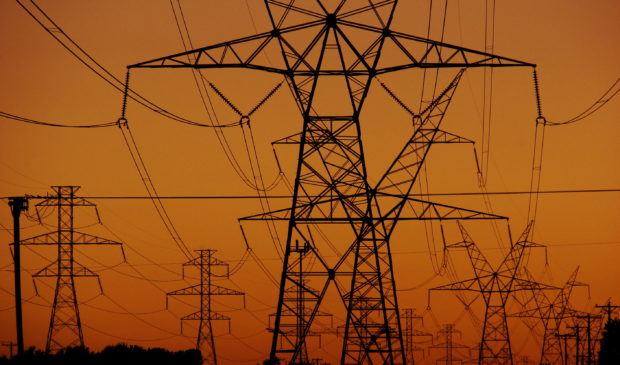Austin utilities work to help those hit by storm
Tuesday, March 2, 2021 by
Jo Clifton The wake of winter storm Uri brought recriminations, finger-pointing and at least one major utility bankruptcy, not to mention the sky-high prices charged to many Texas utility customers. Meanwhile, at Austin Energy, officials have been spending their time trying to figure out how to help their customers.
Thursday’s City Council agenda includes items directing Austin Energy and Austin Water to appropriate an additional $5 million each to help utility customers participating in the Plus-One Payment Assistance program. At the time this idea started working its way through the process of Council approval, people were advocating for the increased amounts to help address the economic impacts of the Covid-19 pandemic. The storm and its aftermath have only added to utility customers’ woes.
Austin Energy is also proposing two more ways to help its customers. For those who lost their housing due to the storm, the utility proposes to waive the $20 service initiation fee generally charged to people who change residences. This will be in effect for people forced to move who started new service or relocated service between Feb. 15 and 30 days after the ordinance is adopted – likely to be around April 3.
Austin Energy spokeswoman Jennifer Herber said the fee waiver “only covers people who have to move or temporarily move and re-set service/transfer service to a new address.” She said the utility does not currently know how many people are in that situation, but has set aside $400,000 to cover the fee waivers.
The utility is also proposing a $10 fee waiver for all its customers, which will show up on utility bills as a one-time credit to offset the monthly charge for service during the storm. That will cost the utility $4.3 million. According to the recommendation for Council action, “Austin Energy continues to explore means of providing customer relief in these difficult times. These measures are able to be brought forward quickly and are therefore being presented to Council now.”
Because Austin Energy is the owner or part-owner of some electricity generating facilities, its customers are not facing the astronomical bills that customers of other utilities are seeing. “Preliminary analysis indicates that Austin Energy was a net generator during the event,” Herber said. “Based upon what we currently know, we do not anticipate any negative impacts regarding Austin Energy’s ability to continue to operate and to meet outstanding financial obligations.”
Meanwhile, the power structure in charge of most of the state’s other utilities is in crisis. Seven members of ERCOT, the Electric Reliability Council of Texas, have resigned in the wake of criticism from the public and elected officials. On Monday, the chair of the Public Utility Commission also resigned.
One of those who resigned was Clifton Karnei, executive vice president of the Brazos Electric Power Cooperative. Early Monday, National Public Radio reported that Brazos Electric had filed for Chapter 11 bankruptcy. According to NPR, “The company in court documents says it received an essentially unpayable $1.8 billion bill from the Electric Reliability Council of Texas, the entity that maintains and operates much of the state’s electricity grid. Brazos Electric is the wholesale energy provider for its 16-member cooperative.”
Numerous electric utility experts throughout the country have warned that Texas was in danger of just such an event. Tom “Smitty” Smith, a consumer advocate and the former director of Public Citizen of Texas, told the Monitor, “Climate science tells us we’re going to have more severe winter storms, heat waves and drought over the next 15 years and Austin Energy has done a really good job of planning a diverse energy portfolio to allow us to ride out the storm as was proven by their portfolio’s resiliency in this storm.”
Smith said putting money back into customers’ pockets is “the right thing for a community owned electrical utility to do and it’s a good use of the profits we may have made off of the storm. The irony is that a large portion of the city was without power and yet we had excess power to sell into the market,” because Austin is part of the grid controlled by ERCOT.
The loss of power during the storm was both “predictable and preventable,” Smith said. He added, “We’ve had five of these storms that have caused us to have partial or complete blackouts in the last 40 years.” After investigating the last three storms, in 2011, 2014 and 2018, the National Electric Reliability Council said the Legislature should consider mandating weatherization. But that didn’t happen and now there’s more finger-pointing.
Photo by Loadmaster (David R. Tribble) CC BY-SA 3.0, via Wikimedia Commons.
The Austin Monitor’s work is made possible by donations from the community. Though our reporting covers donors from time to time, we are careful to keep business and editorial efforts separate while maintaining transparency. A complete list of donors is available here, and our code of ethics is explained here.
You're a community leader
And we’re honored you look to us for serious, in-depth news. You know a strong community needs local and dedicated watchdog reporting. We’re here for you and that won’t change. Now will you take the powerful next step and support our nonprofit news organization?






